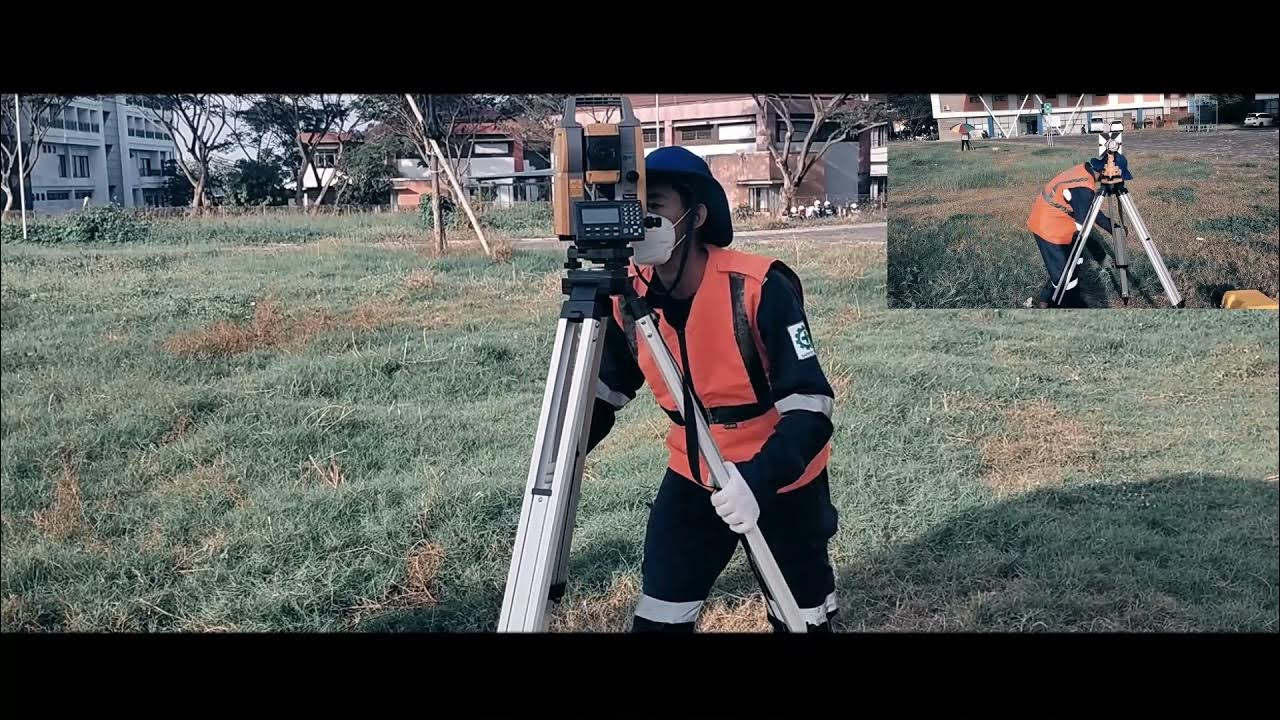Using String Like A Pro
Summary
TLDRThis video script offers essential tips for using a string line in construction, distinguishing professionals from beginners. It covers attaching strings to nails or stakes using overhand knots for new strings and larks head knots for used ones. The script also explains the importance of string tension, accurate measurements, and various knots like the fiddle string knot and binder for different situations. It emphasizes practice for proficiency and shares tricks for cutting and winding strings, ensuring they remain useful and accurate tools on the job.
Takeaways
- 🔧 String usage can quickly identify a professional from a beginner in construction.
- 📏 Practice is essential for mastering string tricks and ensuring accuracy in construction tasks.
- 🪢 The overhand knot is recommended for new, slippery string lines when attaching to nails.
- 🐦 The lark's head knot is a versatile option for used strings and allows for easy removal without leaving a knot.
- 📍 When using a line stake, ensure the lark's head knot is oriented correctly to avoid the string slipping out.
- 🛠 The lark's head knot is the go-to for starting a pull due to its speed, clean removal, and ability to reuse the string without cutting.
- 🪝 The fiddle string knot (or engineer's knot) is effective for tightening strings to nails, but avoid over-twisting to maintain ease of release.
- 🧷 A binder or friction knot is a simple and effective method for securing strings to various objects, not just nails.
- ⚖️ String lines should be as tight as possible without causing the nail or batter board to move, to ensure accuracy.
- 🪢 The water knot is a compact and reliable method for joining two pieces of string line, suitable for construction use.
- 🗜️ Winding strings in a figure eight pattern prevents kinks and makes the string easy to unwind and use.
Q & A
What is the significance of using a string line in construction?
-A string line is a simple yet crucial tool in construction that can quickly label someone as either a professional or a beginner. It affects the accuracy of the work and whether the job needs to be redone or can proceed as planned.
How can practicing with a string line improve construction work?
-Practicing with a string line ensures that using it becomes automatic, similar to riding a bike. This proficiency helps in maintaining accuracy and efficiency on the job without having to think about the process.
What are the two ways to attach a string line to a nail on a batter board?
-The two ways to attach a string line to a nail are by using an overhand knot with a loop for a new, slippery string, or a lark's head knot for a used string that has lost its slipperiness.
Why is it important to leave a 'bitter end' when using a lark's head knot?
-Leaving a 'bitter end' outside of a lark's head knot provides some space before the knot comes undone if it slips or tightens further. This prevents the string from coming loose unexpectedly.
How does the direction of the lark's head knot affect its hold on a line stake?
-The direction of the lark's head knot should be chosen based on which side of the stake is the critical dimension. The bite of the line needs to be pulling against the loop to ensure a secure hold.
What is the advantage of using a lark's head knot over an overhand knot for used strings?
-A lark's head knot has the advantage of being easily removable without leaving a knot behind, making it ideal for used strings where slipperiness is not an issue.
Why should a nail used with a string line be tipped back slightly?
-Tipping a nail back slightly ensures that the string tends to work its way down the nail towards the batter board rather than up, providing extra friction and preventing slipping.
How does the fiddle string knot, also known as an engineer's knot, work for tightening a string line to a nail?
-The fiddle string knot is formed by looping the string around an index finger, twisting it several times, and then pulling the slack tight while holding the string. This creates friction that holds the line taut.
What is a binder and how is it used to secure a string line?
-A binder is a simple friction knot used to secure a string line by passing the string around the stake, pulling it tight, and letting the working side of the string capture the loose end against the stake.
Why is the water knot an effective way to join two pieces of string line?
-The water knot is effective for joining string lines because it is compact, allows the line to pull out of the center of the knot, and does not slip under load, making it reliable for construction use.
How should a string line be wound up to prevent kinks and tangles?
-A string line should be wound up in a figure-eight pattern while maintaining tension to prevent kinks and tangles. This keeps the string limp and easy to unwind when needed.
Outlines

このセクションは有料ユーザー限定です。 アクセスするには、アップグレードをお願いします。
今すぐアップグレードMindmap

このセクションは有料ユーザー限定です。 アクセスするには、アップグレードをお願いします。
今すぐアップグレードKeywords

このセクションは有料ユーザー限定です。 アクセスするには、アップグレードをお願いします。
今すぐアップグレードHighlights

このセクションは有料ユーザー限定です。 アクセスするには、アップグレードをお願いします。
今すぐアップグレードTranscripts

このセクションは有料ユーザー限定です。 アクセスするには、アップグレードをお願いします。
今すぐアップグレード関連動画をさらに表示

How To Make A Bottle Guitar (3 Parts and NO Tools)

Cara Pematokan (Stake Out) dengan Alat Total Station Topcon GM-55

Basic Syntax Of A C Program: C Tutorial In Hindi #5

CONSTRUCTION DRAWINGS. How to get BASIC information from the drawings on construction site.

Autocad For Beginer [ Part 1 ] Belajar Autocad Dasar

Belajar Python [Dasar] - 16 - Operasi dan manipulasi string (part 1)
5.0 / 5 (0 votes)
